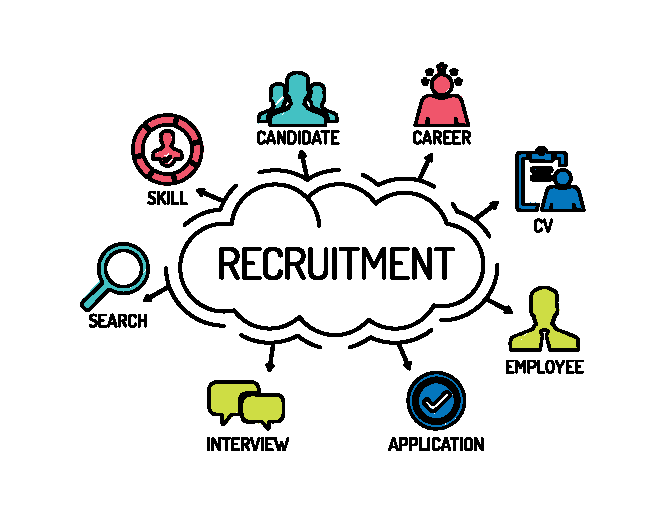Hiring the right people is not just about filling a job opening; it’s about finding the right fit for your company. At Pelican Staffing Solutions Nigeria Limited, we believe that good hiring starts with strong partnerships. We don’t just work for our clients; we work with them. Our goal is simple: to make hiring easier, faster, and more effective through teamwork and understanding.
What Is a Recruitment Partnership?
A recruitment partnership involves working closely with a company to help them find and retain the right talent. It’s not a one-time service; it’s a long-term relationship built on trust, communication, and shared goals. When a staffing company like Pelican works as a true partner, employers can hire faster and with less stress, get candidates that fit their team and company culture, reduce the cost and time of repeated hiring, and improve employee satisfaction and performance.
The Pelican Way: How We Work with You
At Pelican Staffing Solutions, our recruitment process is built on teamwork. We collaborate closely with your company’s HR or management team throughout the entire process.
-
We Understand Your Needs
Before hiring starts, we take time to learn about your business, work environment, and the type of people you need. This helps us find the best match for your team. -
We Work Side by Side
Our recruiters work closely with your team, both onsite and remotely, to make sure every hiring step fits your goals. This helps us save time and get better results. -
We Customize Every Solution
No two businesses are the same. That’s why we design staffing plans that fit your company’s specific needs — whether you need short-term staff, permanent hires, or skilled professionals. -
We Stay With You After Hiring
Our partnership doesn’t stop once we place a candidate. We continue to support your team through training, feedback, and follow-up to ensure long-term success.
Why Strong Partnerships Matter
In Nigeria’s fast-growing job market, having a trusted staffing partner makes a big difference. When companies and recruiters work together as partners, they enjoy better hiring results, less employee turnover, and stronger, happier teams. At Pelican Staffing Solutions, we see every client as a partner — and every hire as an opportunity to build success together.
Conclusion
Strong recruitment partnerships help businesses grow with the right people. At Pelican Staffing Solutions Nigeria Limited, we are committed to working hand in hand with companies to provide reliable and customized staffing services in Nigeria. If you want a hiring process that truly works, partner with Pelican, where teamwork creates success.
Let’s build your team — together.
Contact Pelican Staffing Solutions Nigeria Limited today for trusted and professional staffing services.
0809 403 3449 | Email info@pelicanstaffingnigeria.com


